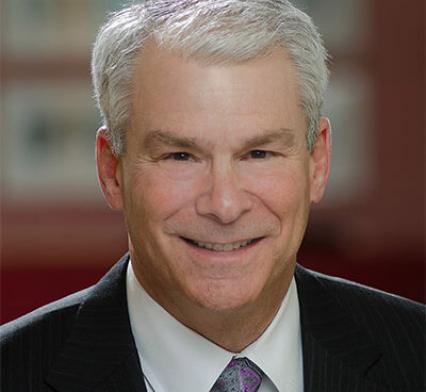How Will You Know When You’ve Truly Transformed?
Transformation is more than just a current business buzzword. It’s an imperative for nearly every industry, whether product- or service-based. My company, like every single other insurance company, is no exception. Yet we have been challenged by that transformation, and I’ll wager that that, too, is universal. “Transformation” is not incremental. It’s about making major leaps in ways we bring value to our customers – think 10X improvements in how we do business. Yet it’s enormously difficult for an established company to transform itself, including its enterprise-wide systems, while simultaneously conducting day-to-day business. The impulse toward incrementalism is almost inescapable.
As we’ve been working with consultants from Virtasant on our own digital transformation journey, they (and especially one of their team members, Barry O'Reilly) have helped concretize issues we intuited – the kind of advice that makes you slap your forehead and say “Of course!” Because these issues are so common, I think it’s useful to share some of their insights.
Perhaps the biggest stumbling block for us (and, again, I expect for others) is taking a project-driven approach to our transformation. That’s a very output-focused approach. And because output-focused measures like deadlines, budget and scope are tangible and readily reportable, they are in our comfort zone and can give executives and our boards a sense of momentum. But do they really demonstrate progress? Again, they contribute to incrementalism, rather than real transformation.
Shifting to real outcomes-based thinking can be a challenge, but a rewarding one. A key question the Virtasant team has asked is “How will you know when you’ve digitally transformed?” Broad outcome descriptions – “increase revenue and market share” – are lagging indicators, and don’t demonstrate you’ve transformed. The road to real transformation requires us to think of problems to be solved, and set outcome goals related to those. It doesn’t mean you lose sight of trying to grow revenue and market share, of course; those goals remain. But as you think about how to do that – through new products, better customer stickiness, getting customers to use multiple products or features – that generates creative ideas about measurable outcomes that can act as leading indicators, showing you if you’re on the right path.
Then, put just one of those outcomes-based measures on your corporate reporting dashboard. That will generate buzz, and hopefully excitement.
Transformation requires new mindsets. These are some of the ways to jumpstart that.
